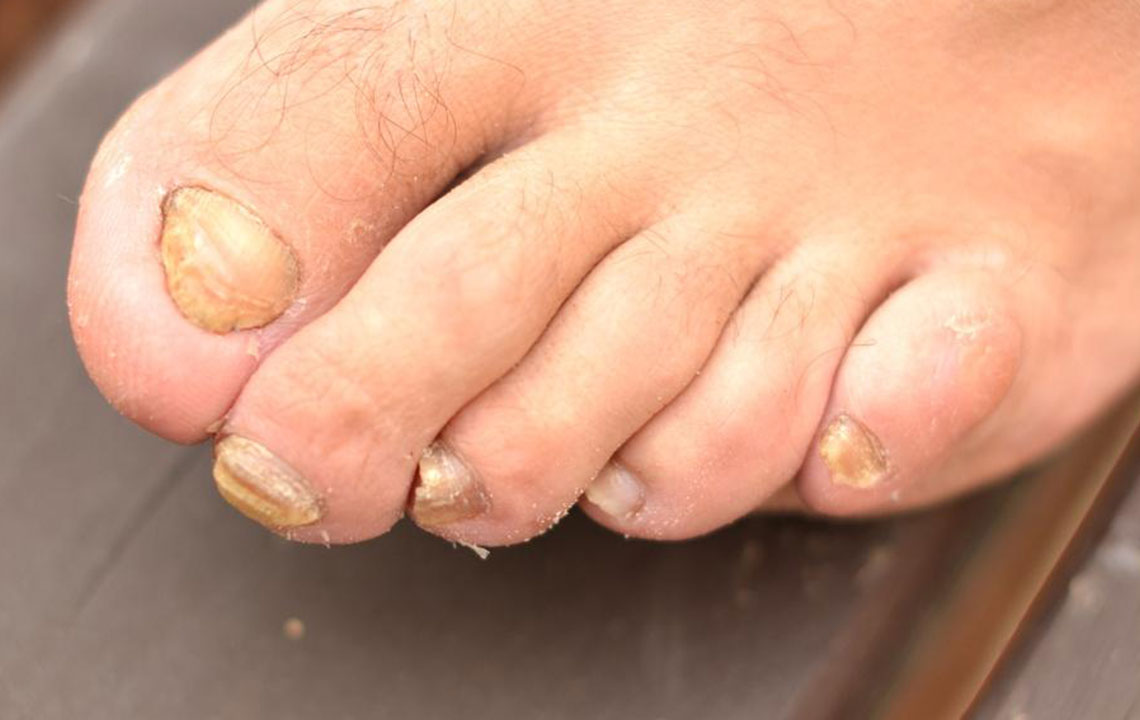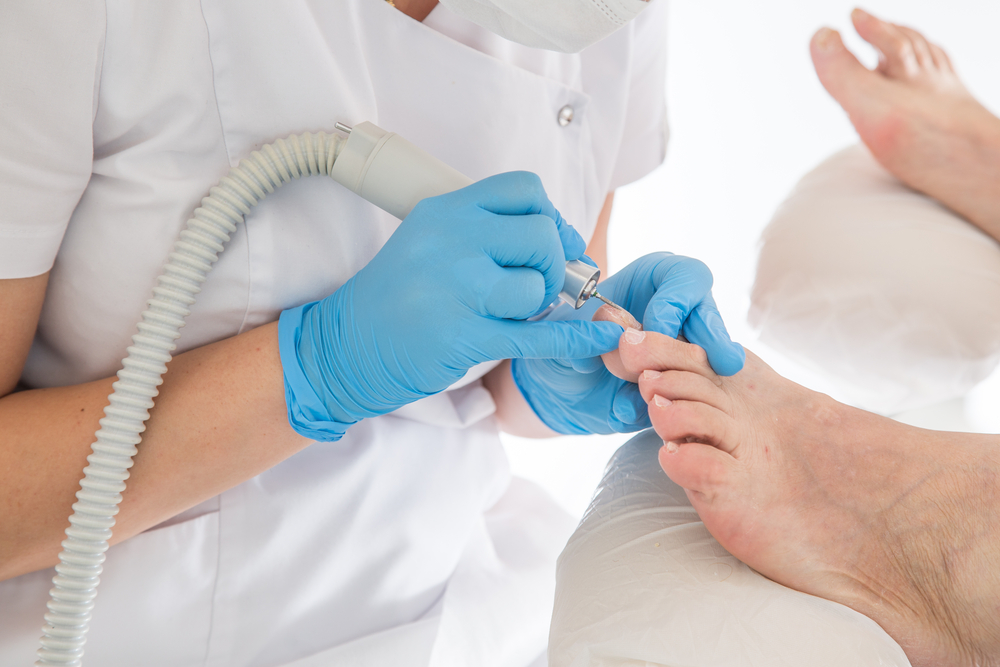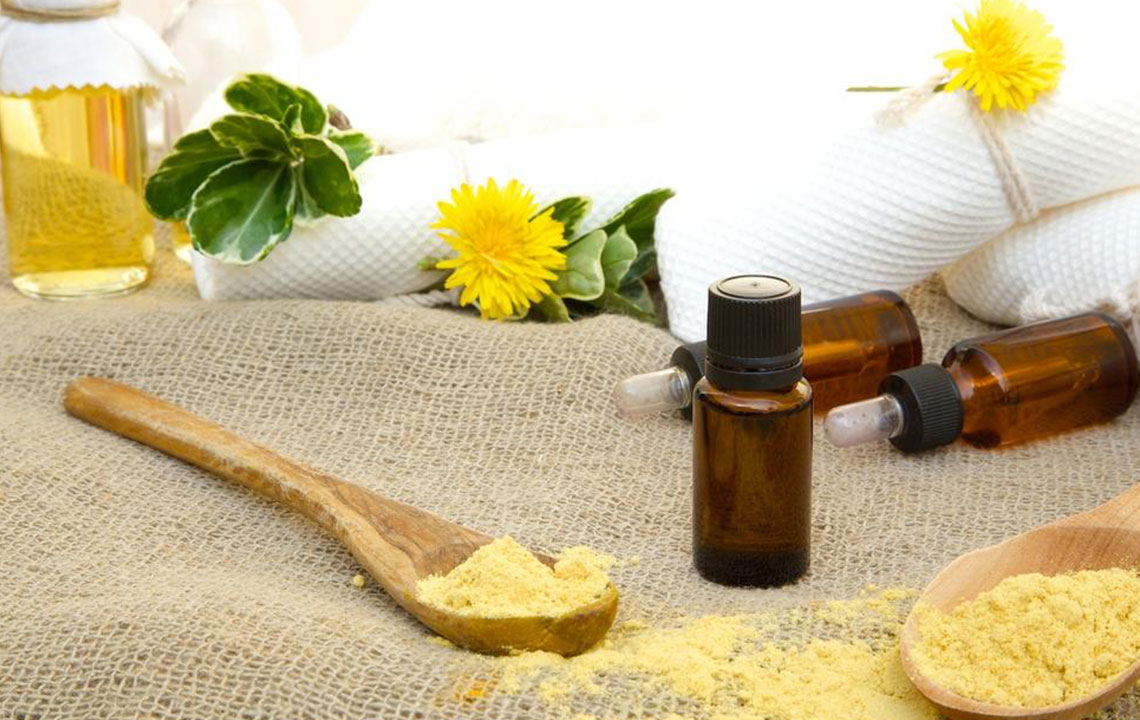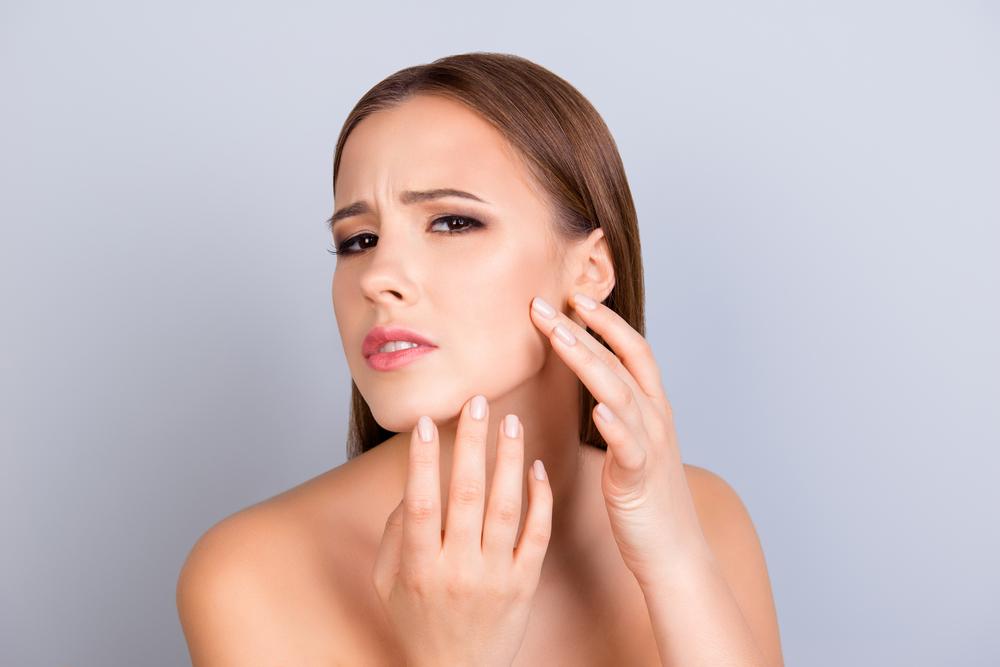Effective Natural Remedies to Soothe and Treat Underarm Rashes
Discover comprehensive natural remedies to soothe and treat underarm rashes. From aloe vera to baking soda, learn effective home treatments that alleviate discomfort, reduce inflammation, and promote healing. Identifying causes and adopting preventive habits are essential for healthy, rash-free skin. Suitable for mild to moderate cases, these remedies promote skin regeneration naturally and safely.
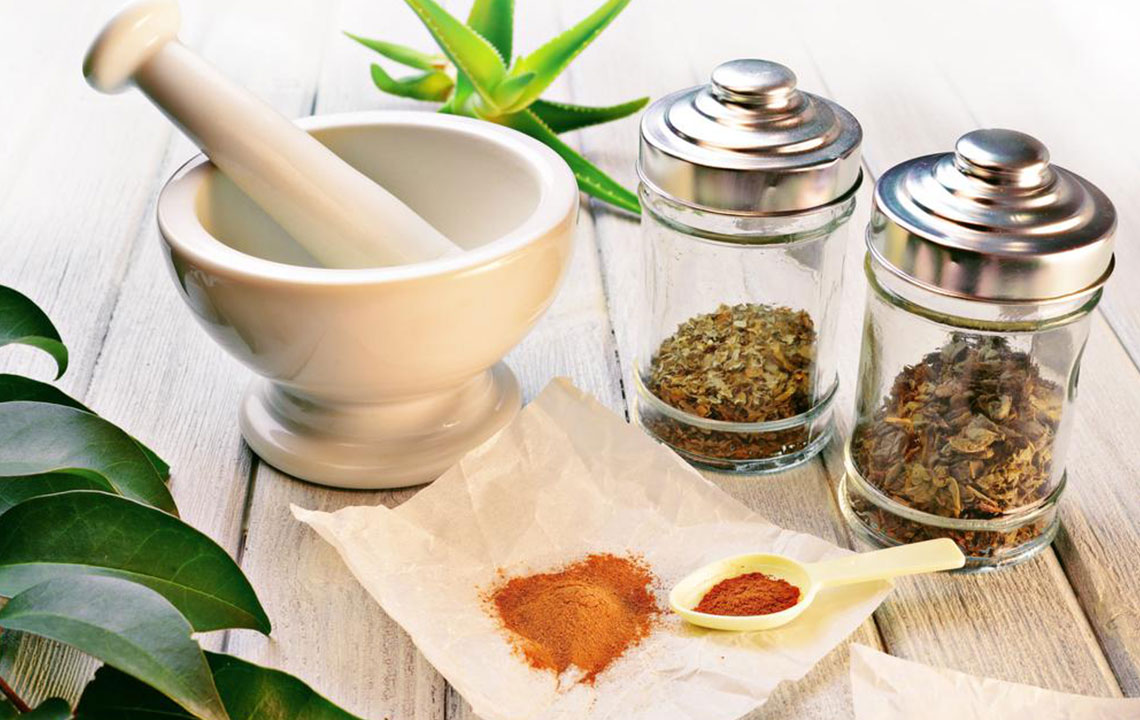
Comprehensive Natural Strategies to Relieve Underarm Rash Discomfort
Underarm rashes are a common skin concern that many individuals face at some point in their lives. These rashes often manifest as red, itchy, and bumpy patches under the arms, causing discomfort and sometimes embarrassment. The causes of underarm rashes are diverse, ranging from skin conditions to external irritants, and understanding these underlying factors is crucial for effective treatment. Fortunately, there are numerous natural remedies available that can help soothe irritation, reduce inflammation, and promote healing without the need for harsh chemicals or medications.
Many factors influence the development of underarm rashes. These include skin sensitivity, moisture levels, exposure to allergens, hygiene habits, and environmental conditions. Proper identification of the cause can significantly improve treatment outcomes. In this comprehensive guide, we will explore the types of underarm rashes, their causes, and a variety of natural remedies that can effectively alleviate symptoms and promote healthy skin.
Understanding the Types and Causes of Underarm Rashes
1. Atopic Dermatitis (Eczema): This chronic skin condition often affects the armpits, elbows, and knees. It is characterized by intense itching, redness, dryness, and sometimes cracking or bleeding due to persistent scratching. Atopic dermatitis can be triggered by allergens, skin irritants, stress, and climate changes.
2. Seborrheic Dermatitis: This type of dermatitis results from excess oil production and fungal overgrowth. It causes flaky, greasy patches that can be itchy and inflamed. In the underarm area, it appears as oily, yellowish patches often accompanied by redness.
3. Contact Dermatitis: An allergic or irritant reaction to products such as deodorants, antiperspirants, fragrances, or soaps can lead to contact dermatitis. Symptoms include redness, swelling, burning sensations, and rash development after exposure to the offending agent.
4. Fungal Infections (Candidiasis): Fungal infections caused by Candida species thrive in moist, warm environments. They present as itching, scaling, redness, and sometimes pustules or swelling. Factors exacerbating fungal infections include poor hygiene, tight clothing, excessive sweating, and hot weather.
Accurate diagnosis by a healthcare professional is essential for choosing appropriate treatment. While medications can be effective, many prefer natural approaches to manage mild to moderate symptoms, especially to avoid potential side effects and irritation from chemical products.
Effective Natural Remedies for Underarm Rash Relief
Natural remedies are not only gentle but also cost-effective and widely accessible. They can provide immediate relief from discomfort and support the skin's healing process. Here are some of the most effective home treatments:
Lemon: Rich in natural antibacterial and astringent properties, lemon helps eliminate bacteria that may worsen rashes. Fresh lemon juice can be gently applied to the affected area with a cotton ball. For regular use, consider natural lemon-based deodorants but avoid prolonged exposure to sunlight after application to prevent irritation.
Baking Soda: This versatile ingredient helps neutralize odors and reduce inflammation. Add baking soda to warm bathwater or make a paste with water for direct application. Baking soda can help soothe itchiness and dry out excess moisture that promotes fungal growth.
Aloe Vera: Known for its soothing and healing capabilities, pure Aloe Vera gel can calm irritated skin, reduce redness, and accelerate recovery. Apply a generous amount to the rash twice daily for best results.
Ice and Cold Compresses: Applying ice or a cold cloth reduces swelling, numbness, and provides quick relief from itching and burning sensations. Wrap ice cubes in a cloth and hold against the affected area for 10-15 minutes.
Hot and Cold Compresses: Alternating between hot and cold compresses can help decrease inflammation and improve blood circulation, aiding the healing process. Use warm water packs followed by cold packs in intervals.
Vitamin E Oil: With antioxidant properties, Vitamin E promotes skin regeneration and reduces inflammation. Gently massage a few drops into the underarm skin twice a day to nourish and repair damaged tissues.
Potassium Alum: This natural antiseptic and astringent helps prevent bacterial growth and reduces sweating. Applying potassium alum stone or powder after bathing can keep the area dry and infected-free.
Coconut Oil: Its potent anti-inflammatory and moisturizing properties make coconut oil ideal for soothing rashes and restoring skin barrier function. Use before bed or create a paste with baking soda for targeted relief.
Tea Tree Oil: Known for its antifungal and antimicrobial properties, diluted tea tree oil can combat fungal infections and soothe irritated skin. Use a cotton swab to apply a few drops after diluting with a carrier oil.
Additional Tips for Preventing Underarm Rashes
Prevention is the best approach to avoid recurring rashes. Some effective tips include wearing loose, breathable clothing made of natural fibers like cotton, avoiding harsh or scented products that can trigger allergies, practicing good hygiene by keeping the area clean and dry, and managing sweating with natural powders or antiperspirants designed for sensitive skin.
Maintaining a healthy lifestyle with a balanced diet, hydration, and stress management can also strengthen skin health and reduce the likelihood of skin issues. Regularly exfoliating the underarm area can help remove dead skin cells and prevent clogged pores.
When to Seek Professional Medical Advice
While natural remedies can alleviate mild to moderate symptoms, persistent, worsening, or severe rashes require evaluation by a dermatologist. If the rash is accompanied by intense pain, blistering, signs of infection (pus, fever, spreading redness), or if it doesn't improve with home treatment, professional intervention is necessary for diagnosis and tailored treatment options.
In conclusion, managing underarm rashes with natural remedies offers a safe, effective, and holistic approach. Combining these treatments with good hygiene practices and lifestyle adjustments can keep your skin healthy, comfortable, and rash-free. Early intervention is key to preventing complications and ensuring the skin's optimal health.

